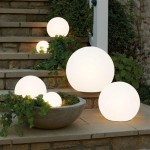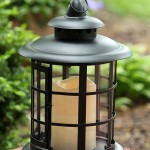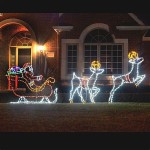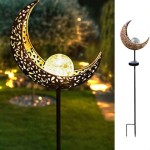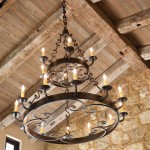Outdoor Sport Court Lighting
Proper illumination is crucial for safe and enjoyable nighttime play on outdoor sport courts. Effective lighting design maximizes visibility for players, minimizes glare, and enhances the overall playing experience. This article explores the key considerations for selecting and implementing appropriate lighting solutions for various outdoor sport court applications.
1. Understanding Lighting Performance Metrics
Several metrics quantify lighting performance and guide the selection process. Lux measures the amount of light falling on a surface, indicating the overall brightness. Uniformity refers to the even distribution of light across the court, minimizing dark spots. Glare, a distracting and potentially hazardous element, is controlled by careful fixture selection and aiming. The color rendering index (CRI) measures how accurately colors appear under the light source, impacting visibility and aesthetics. Finally, the correlated color temperature (CCT) describes the warmth or coolness of the light, influencing the perceived ambiance of the court.
2. Light Source Selection: LED vs. Traditional Options
Light-emitting diode (LED) technology has revolutionized outdoor sport court lighting, offering significant advantages over traditional options like metal halide and high-pressure sodium. LEDs provide superior energy efficiency, translating into reduced operating costs. Their longer lifespan minimizes maintenance requirements and reduces lamp replacements. Furthermore, LEDs offer instant on/off capabilities and dimming options, enhancing control and flexibility. While the initial investment for LED systems can be higher, the long-term cost savings and performance benefits generally justify the expense.
3. Fixture Types and Placement Strategies
Several fixture types are available for outdoor sport court lighting, each with unique characteristics. Floodlights provide broad illumination, suitable for larger courts. Spotlights offer focused beams, ideal for highlighting specific areas. The optimal placement strategy depends on the sport, court dimensions, and surrounding environment. Pole mounting is common for general court illumination, while wall-mounted fixtures can supplement lighting in specific areas. Careful aiming and positioning are crucial to minimize light trespass and glare, ensuring optimal player visibility and minimizing environmental impact.
4. Lighting Design Considerations for Different Sports
The lighting requirements vary depending on the speed and complexity of the sport. Fast-paced sports like tennis and basketball demand higher lux levels and greater uniformity to ensure players can track the ball accurately. Slower-paced sports like volleyball or pickleball may tolerate lower lux levels. The height of the activity area also influences fixture selection and placement. For example, basketball courts require higher mounting heights than tennis courts to accommodate the higher trajectory of the ball.
5. Energy Efficiency and Sustainability
Energy-efficient lighting solutions are essential for minimizing environmental impact and reducing operating costs. LEDs significantly contribute to energy savings compared to traditional lighting technologies. Furthermore, incorporating lighting controls like timers and occupancy sensors optimizes energy usage by ensuring lights are only on when needed. Utilizing fixtures with dark-sky compliant designs minimizes light pollution, protecting the night sky and reducing the impact on wildlife.
6. Regulations and Compliance
Local regulations often dictate specific requirements for outdoor lighting, including light trespass, glare, and mounting heights. Compliance with these regulations is essential to avoid penalties and maintain good community relations. Consulting with a qualified lighting professional ensures the design meets all applicable codes and standards. Obtaining necessary permits and approvals before installation is crucial to avoid delays and complications.
7. Maintenance and Longevity
Regular maintenance is essential to ensure the long-term performance and reliability of outdoor sport court lighting systems. Periodic cleaning of fixtures removes dirt and debris, maximizing light output. Inspecting wiring and connections identifies potential issues before they escalate. While LEDs boast a long lifespan, occasional replacements may be necessary due to component failure. Implementing a proactive maintenance schedule minimizes downtime and ensures the lighting system continues to provide optimal performance for years to come.

Sport Court Lighting Full Assembly Dominator

Guide To Basketball Court Lighting Design Mklights

Wall Municipal Complex Musco Sports Lighting

Led Lights For Basketball Courts Court Indoor And Outdoor Ledlightingsupply Com

Newest Basketball Court Lights Standard Guide Jan 2024 Topsportsled Com

Outdoor Court Lighting Systems Cba Sports

The Guide To Sports Lighting Take Tennis Court For Example Agc

Light Package Deal Great For Lighting A Sport Court 15 Foot Pole With Bullhorn And 2 Of The 300 Watt Lights Broe Includes

Basketball Court Led Lighting Buyer S Guide

Full Court Led Lighting Lights For Outdoor Basketball Courts Energy Efficient
Related Posts


